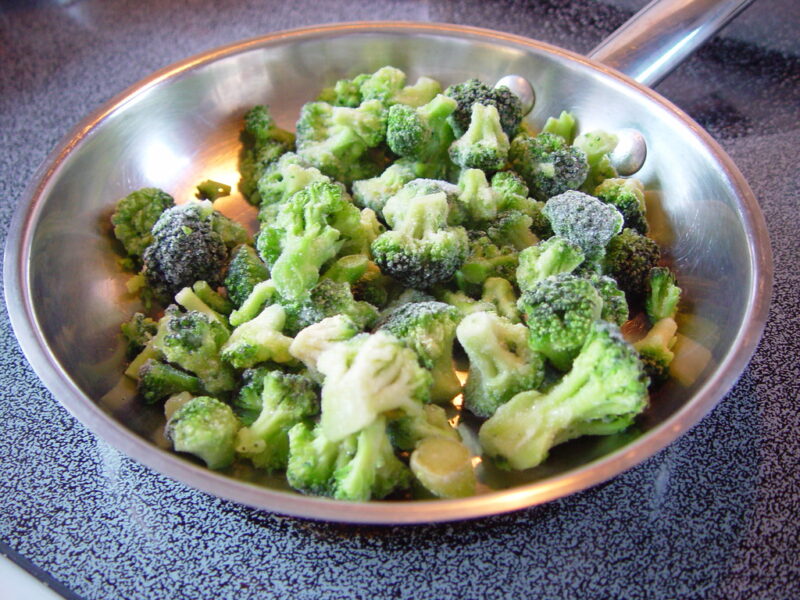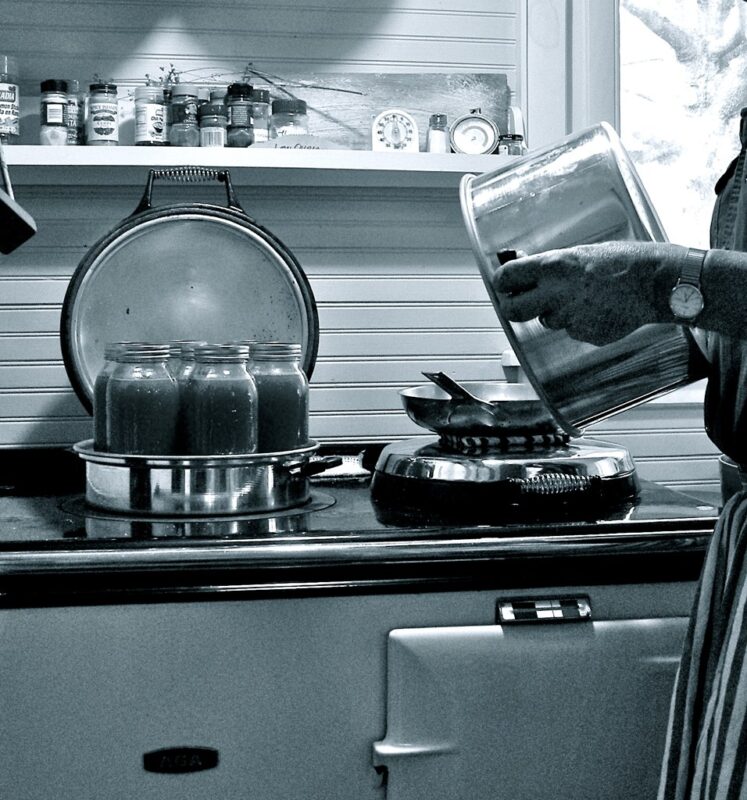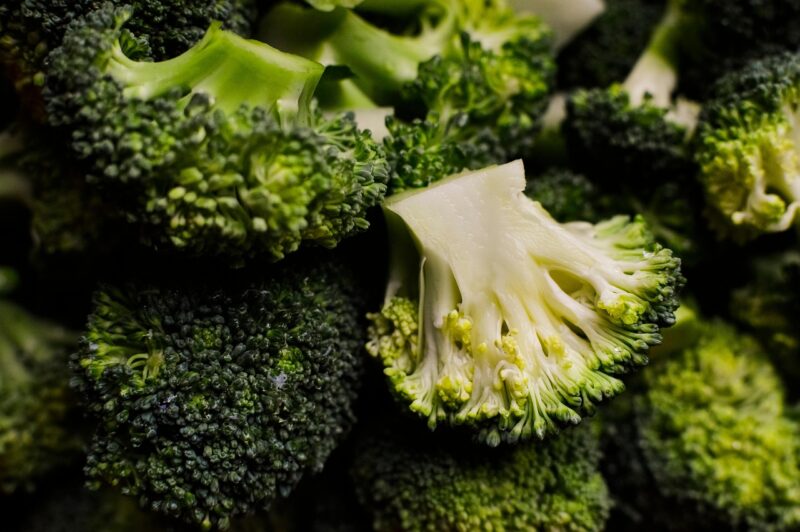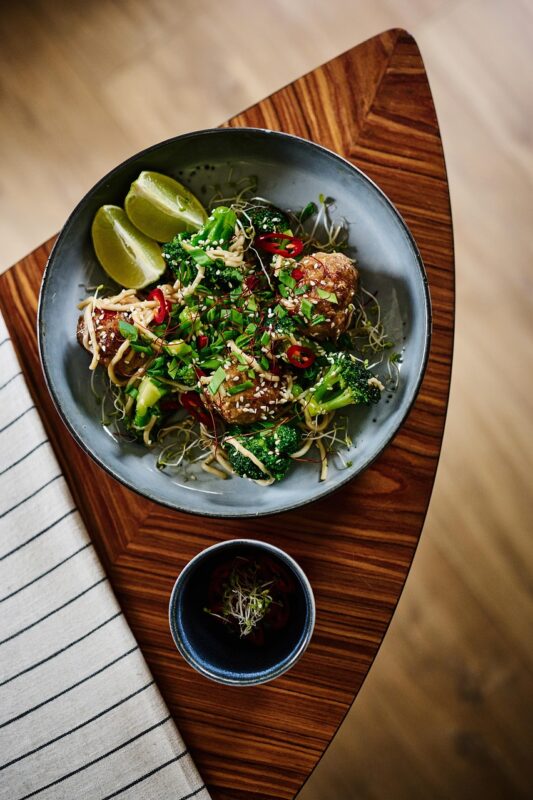If you’ve ever wondered, “Can you freeze broccoli?” the answer is a resounding yes! In this comprehensive guide, we’ll explore the ins and outs of freezing broccoli, ensuring you can preserve its freshness and nutrition while enjoying it throughout the year.
Why Freeze Broccoli?
Freezing is one of the best ways to preserve broccoli’s quality and nutritional value. Fresh broccoli has a limited shelf life, and it can quickly turn from vibrant to wilted or yellow. Freezing not only extends its longevity but also allows you to enjoy the taste and nutrients at your convenience. Whether it’s for meal prepping, reducing food waste, or saving money, freezing broccoli is an excellent option.
How to Freeze Broccoli

Now that we understand the benefits, let’s get into the practical steps of freezing broccoli effectively. The key to preserving its color, flavor, and nutrients lies in the blanching process. Here’s how to do it:
1. Selecting Fresh Broccoli
Start with fresh broccoli. Look for bright green heads that are firm and free from blemishes. Avoid any with yellowing florets or limp stems, as these are signs of aging.
2. Preparing the Broccoli
Wash Thoroughly: Rinse the broccoli under cold running water to remove any dirt or pesticides.
Cut: Trim the broccoli into uniform florets, making sure they are similar in size to ensure even blanching. You can also include the stems; just slice them into manageable pieces.
3. Blanching Broccoli
Blanching is a crucial step that stops enzyme actions, preserving color, flavor, and nutritional quality.
Boil Water: Fill a large pot with water and bring it to a boil. You need enough water to submerge the broccoli completely.
Prepare an Ice Bath: In a separate bowl, fill it with ice and cold water. This will stop the cooking process after blanching.
Blanch: Once the water is boiling, add the broccoli florets. Blanch for about 3–5 minutes, depending on the size of the florets.
Shock: Quickly transfer the broccoli to the ice bath using a slotted spoon. Let it sit for the same amount of time it was blanched to halt the cooking.
4. Draining and Drying
After cooling, drain the broccoli in a colander. Ensure it is thoroughly dried to prevent ice crystals from forming during freezing. Patting it dry with a clean towel can help speed up the drying process.
5. Packing for Freezing
Use Freezer Bags or Containers: Place the broccoli into freezer-safe bags or airtight containers. If using bags, remove as much air as possible to prevent freezer burn.
Label and Date: Always label your packages with the date of freezing. This will help you keep track of how long they’ve been stored.
Freeze: Lay the bags flat in the freezer. Once they are frozen solid, you can stand them upright to save space.
How Long Does Frozen Broccoli Last?
When properly frozen, broccoli can maintain its best quality for approximately 10–12 months. However, it remains safe to eat beyond this time frame, though the texture and flavor might diminish. Keeping your freezer at a consistent temperature of 0°F (-18°C) will help maintain its quality longer.
Cooking with Frozen Broccoli
One of the most appealing aspects of frozen broccoli is its convenience. You can toss it directly into soups, stews, stir-fries, or even steam it as a side dish without thawing. Here are a few ways to make the most of your frozen broccoli:
1. Stir-Fries
Frozen broccoli can be added directly to woks or skillets during stir-frying. The vibrant color and crunch will enhance any dish, just remember to adjust cooking times slightly since it starts off frozen.
2. Soups and Stews
Adding frozen broccoli to soups and stews boosts nutrition without requiring additional steps. It can be added to the pot straight from the freezer; just ensure it cooks long enough to become tender.
3. Casseroles
Frozen broccoli works well in casseroles. It can be mixed with cheeses, proteins, and sauces for a hearty meal. The freezing process softens the florets, making them a perfect addition to creamy dishes.
4. Smoothies
For a unique twist on your morning smoothie, add frozen broccoli. It won’t alter the taste drastically, but it packs your drink with vitamins. Combine it with fruits like bananas and berries for a nutritious boost.
Common Mistakes to Avoid When Freezing Broccoli
While freezing broccoli is simple, there are a few missteps that can affect its quality. Here are some common pitfalls to avoid:
1. Skipping the Blanching Process
Many people might think they can freeze broccoli without blanching; however, this leads to poor flavor, texture, and color retention. Always blanch, even if you’re short on time.
2. Overcrowding in Freezer Bags
Filling freezer bags too full can lead to uneven freezing and clumping. Make sure there’s enough space for the broccoli to freeze individually.
3. Not Drying Thoroughly
Excess moisture can lead to freezer burn and ice crystals, which compromise the quality of your broccoli. Take the time to ensure it is completely dry before packing.
Health Considerations and Safety Tips
When it comes to food storage, safety should always be a priority. Here are some considerations for freezing broccoli:
1. Freezing Dangers
Freezing doesn’t kill bacteria but merely slows down their growth. Ensure you start with fresh, clean broccoli and adhere to proper freezing techniques to minimize risks.
2. Thawing Properly
When you’re ready to use frozen broccoli, avoid thawing it at room temperature. Instead, use the refrigerator, cold water, or the microwave. This reduces the risk of bacteria growth.
3. Quality over Quantity
It’s tempting to freeze large quantities of broccoli, but it’s better to portion it out for easier use. This way, you only thaw what you need, preserving the rest.
Creative Recipes Featuring Frozen Broccoli
Embracing frozen broccoli in your cooking means getting creative in the kitchen. Here are some recipes to inspire you:
1. Cheesy Broccoli Rice Casserole
Ingredients:
2 cups cooked rice
2 cups frozen broccoli
1 cup shredded cheddar cheese
1 cup cream of mushroom soup
Salt and pepper to taste
Instructions:
Preheat oven to 350°F (175°C).
In a bowl, mix the cooked rice, frozen broccoli, cream of mushroom soup, salt, and pepper. Transfer to a greased baking dish.
Sprinkle cheese on top and bake for 25–30 minutes until bubbly and golden.
2. Broccoli and Cheese Stuffed Chicken
Ingredients:
4 chicken breasts
1 cup frozen broccoli (thawed and chopped)
1 cup shredded cheese (cheddar or mozzarella)
Salt and pepper
Instructions:
Preheat the oven to 375°F (190°C).
Cut a pocket into each chicken breast and season with salt and pepper.
Stuff with broccoli and cheese, securing with toothpicks if necessary.
Bake for 25–30 minutes until the chicken is cooked through.
3. Broccoli Smoothie Bowl
Ingredients:
1 cup frozen broccoli
1 banana
1 cup spinach
1 cup almond milk
Instructions:
In a blender, combine frozen broccoli, banana, spinach, and almond milk. Blend until smooth.
Pour into a bowl and top with your favorite fruits, nuts, and seeds for added texture.
Storing Alternatives: Other Ways to Preserve Broccoli

Beyond freezing, there are other methods to preserve broccoli that may suit your cooking style:
1. Canning
Canning is a process that involves sealing food in jars and heating them to kill bacteria. While broccoli can be canned, it requires precision and is often best used for seasoned dishes rather than plain broccoli.
2. Pickling
Pickling broccoli in a vinegar solution can create a tangy snack or side dish. The process typically involves blanching, cooling, and submerging in a pickling brine. This method infuses flavor and extends shelf life.
3. Drying
If you’re adventurous, consider dehydrating broccoli. Dried broccoli can be ground into a powder or used in soups and stews for a burst of flavor. It may not have the same texture as fresh or frozen, but it’s a unique preservation method.
The Environmental Impact of Freezing Vegetables
Choosing to freeze broccoli not only benefits your kitchen but also has broader environmental implications. By reducing food waste, you’re contributing to a more sustainable food system. Here’s how freezing plays a role:
1. Reducing Food Waste
When food spoils, it’s not just the product that’s wasted; resources are also squandered. By freezing broccoli, you prolong its life and reduce the chances of it ending up in the landfill.
2. Supporting Local Farmers
Buying seasonal or local broccoli in bulk and freezing it means you’re supporting local farmers while enjoying nutritious vegetables year-round. It promotes a local economy and reduces carbon footprints from transportation.
3. Encouraging Healthy Eating
Having convenient frozen vegetables available can encourage healthier eating habits. It’s easier to add vegetables to meals if they’re on hand and ready to cook.
Conclusion
Freezing broccoli is an effective method of preserving this nutritious vegetable, allowing you to enjoy its benefits long after the season ends. By selecting fresh broccoli, properly preparing it through blanching, and packing it correctly, you can maintain its flavor and health benefits for months.








